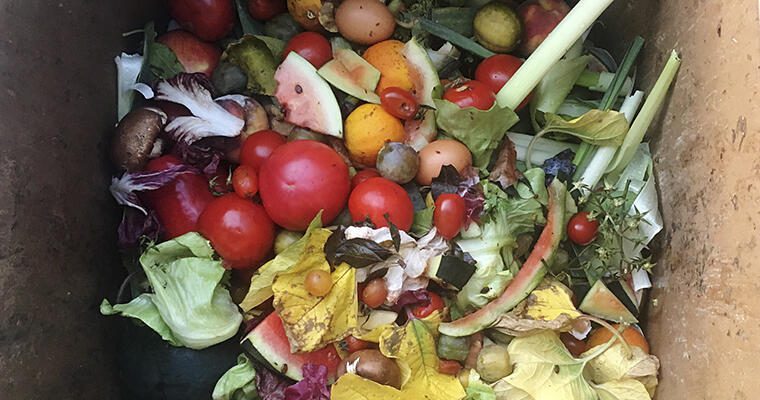Is your prep person cutting off and discarding the bottom half of every head of lettuce because it’s dirty? Are you tossing out boxes of spoiled or expired food you discovered in the back of the cooler? Food waste is costing your operation money, and finding ways to reduce it is easier than you think.
Waste is easy to spot when you see trash cans full of excess trimming or pans of unconsumed food. Fixing the problem starts by knowing why waste is happening and making changes at the pre-consumer level. Whether yours is a senior community, independent living, long-term care, or an acute care kitchen, there are some common areas to examine.
Are you buying the right products?
Food waste prevention experts are fond of saying, “You can’t manage what you don’t measure.” Tracking what you buy, what you make, and what is left over is the best way to manage forecasting, says Robb White, the Executive Chef and Food Waste Prevention Catalyst for LeanPath.
There’s a loop that starts with procurement and is followed by production, cooking, measuring waste, rebuilding recipe formulas, then back to procurement. Capturing that data and analyzing it matters in kitchens is not mainly driven by sales numbers. “The only data points you really have are: What did I purchase? What did I produce? And what was left?” White says.
A great example is condiments and beverages, according to Maria DeNicola, a Gordon Food Service Sales Manager. “What a lot of communities and hospitals do is throw everything on the tray—sugar, salt, pepper, ketchup, coffee, juice, milk, teabags—whether you asked for it or not,” she says, “It’s amazing how much condiments cost over time when you just throw out what doesn’t get used.”
Tray waste studies can provide data to guide purchasing. If you’re buying the wrong pack size of a perishable product, unused food goes to waste. Switching to one or two pre-peeled, pre-cut, or pre-cooked products can reduce waste and save labor time, and money, White notes, but it’s impossible to know without tracking data.
Do you forecast and scale production?
There’s so much going on in a kitchen, chefs can’t keep track of historical data without inventory management tools or recipe production systems.
“You pretty much know your resident count every day, that’s not a mystery. But without a system in place, it’s hard to track how much soup you can expect to sell on a Tuesday and how to scale it up if you need to because the weather is cold,” he explains.
Forecasting technology increases accuracy in buying products, managing inventory, creating production sheets, and overseeing the culinary team’s preparation to reduce waste.
What about standardized recipes?
A dash of this and a pinch of that quickly turns into guesswork on a large scale. Standardized recipes remove the guesswork and reduce waste. Enforcing rules about weighing, measuring and following recipes starts with the manager, DeNicola says.
“Most cooks just go by what they’ve done in the past,” she says. “If they prepared 20 pounds of vegetables yesterday, that’s what they’ll make today—even if it gets thrown away.”
She recommends using production and waste-tracking data and creating an “ingredient room.” It’s a Grand Central Station for recipe preparation. Every ingredient is weighed and measured, then the chefs get a cart with exactly what they need along with meal instructions.
Do you have the right tools and training?
If you increase scrambled egg production because you’re running out before breakfast is done, the culprit could be the wrong scoop. If the juice portion is 6 ounces and you’re filling a 12-ounce cup, you need to get glassware that’s the right size.
Tools factor into waste. So does training.
The best knife in the world doesn’t reduce waste. Being able to trim foods properly takes training, and it’s time well spent for reducing waste and building team longevity.
“If you’re a diligent chef, you notice when food isn’t trimmed or portioned right, and you teach your team how you want things cut,” White says. “When you invest time training your people, they will stay with you and meet the needs of your operation.”




























